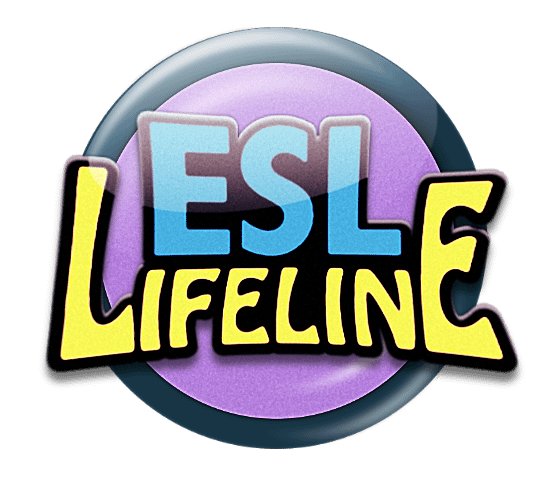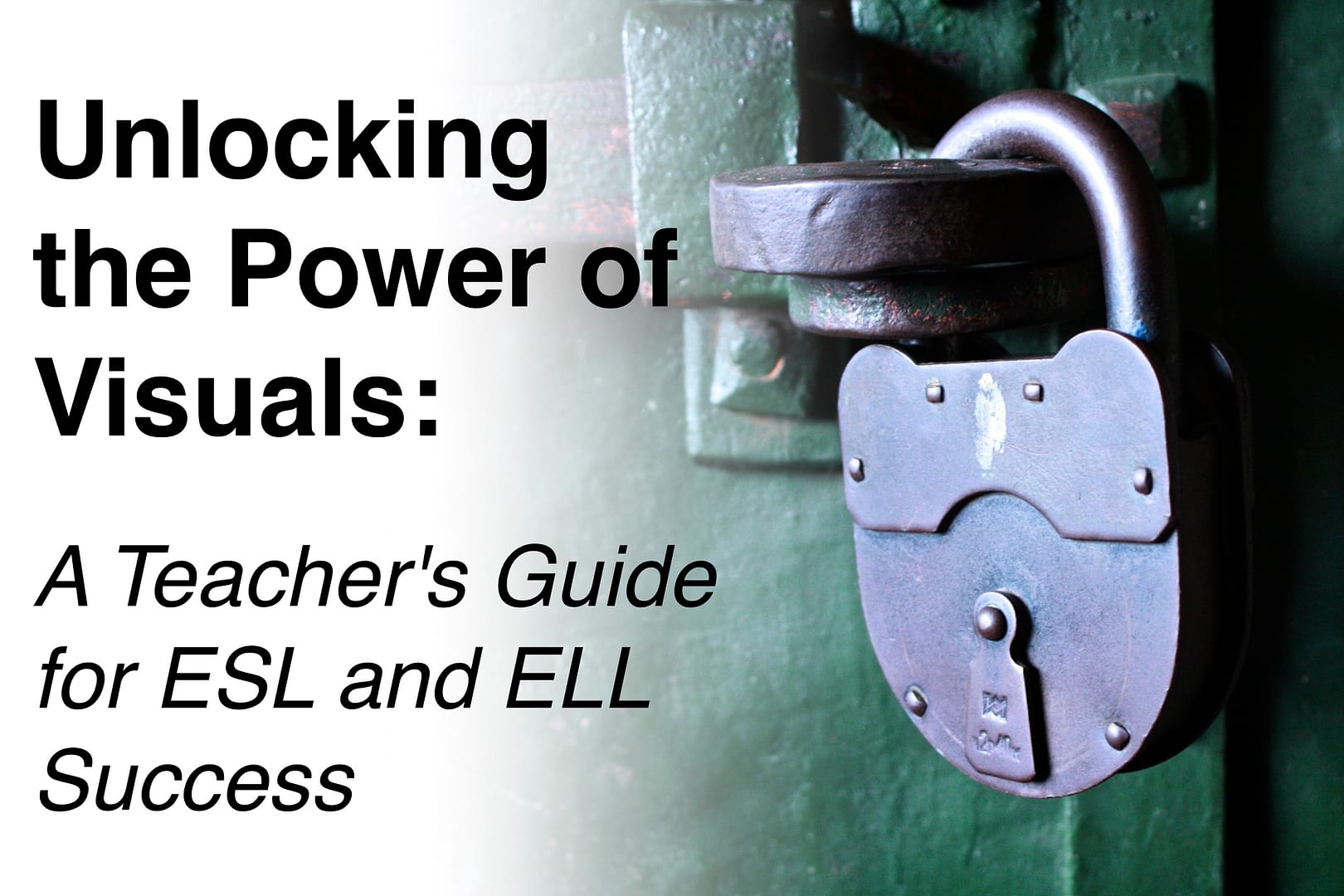Hey there, fellow ESL and ELL educators! Today, we’re diving into a topic that’s not only essential but also pretty darn exciting – the magic of visuals in language learning.
Why Visuals Matter in Our Distracted World
Visuals are not only conversations pieces; they are anchors that help us stay focused and on task. In our age of endless distractions (hello, smartphones and cat videos!), keeping students, especially new English learners, focused on learning can be a real challenge. Visuals come to our rescue like superheroes with capes made of comprehension and engagement!
Imagine this: Your students are grappling with new words and concepts in English. It’s easy for their minds to wander, right? But when you introduce visuals, like engaging images, clarifying charts, and interesting videos, you’re offering them a lifeline back to the lesson. Here’s why:
- Escape Distraction Island: Visuals act like a beacon, guiding students back to the lesson at hand. They make the learning journey more captivating, pulling wandering minds away from the tempting shores of distraction.
- Engagement Extraordinaire: Think about it – wouldn’t you rather learn English with a little help from pictures, diagrams, and interactive goodies? Visuals turn passive learners into active explorers, making lessons exciting and engaging.
- Comprehension Boost: Complex concepts become as clear as day when you pair visuals with text. The pictures provide context and help learners connect the dots between words and meanings.
In short, visuals focus our attention back to where we need it at a specific time.
For more on distraction and attention, read my Nurturing Focus: The Importance of Teaching Distraction and Attention Skills to Kids article.

How to Make Visuals Work for You
Now, the real question is, how do we wield these magical visuals for the maximum benefit of our students? Here are some tips:
- Keep It Simple: The power of visuals lies in their simplicity. Avoid clutter and overwhelming details. Less is often more!
- Stay Relevant: Make sure your visuals directly relate to the lesson. We want “Aha!” moments, not puzzled looks.
- Diversity Rules: Spice things up! Use a mix of visuals, from photos to illustrations to charts, to keep lessons fresh and exciting.
- Adapt and Conquer: Tailor visuals to your students’ proficiency levels. Adaptability is your secret weapon.
- Think Accessibility: Remember, visuals should be accessible to all, including students with visual impairments. Everyone deserves a fair shot at learning.
Visuals does not always mean ‘pictures’. Any device that helps life the topic off the page is a visual aid that can help a learner understand a difficult concept more clearly. Get this FREE Sentence Charts PowerPoint resource that has excellent visual examples of how to restate a topic and add more information in a piece of writing.
Resources Galore
Don’t fret about where to find those amazing visuals. There’s a treasure trove of resources out there, from online image libraries like Unsplash to interactive resources that allow you to create your own, like Canva. Dive in and discover what suits your teaching style best!
In a nutshell, visuals are your trusty sidekicks in the quest to teach English effectively to ESL and ELL students. They’ll keep those wandering minds on track and make the learning journey a whole lot more enjoyable.

So, teachers, grab your virtual capes and let’s unleash the power of visuals in our classrooms!
Check out a plethora of visually stunning and thought-provoking resources and materials at ESL Lifeline’s TpT shop.

Dive into ESL Lifeline’s growing educational videos library with more captivating visuals and multimedia to help your students learn.

